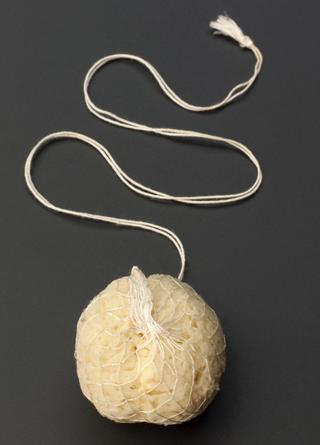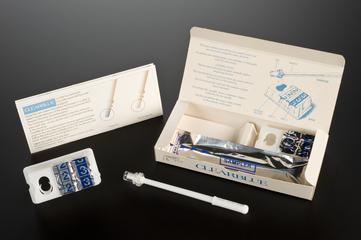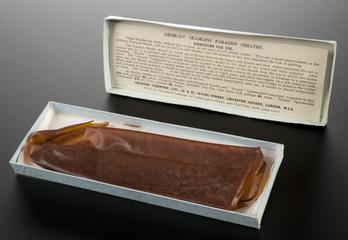
Basilyst obstetric tool, Paris, France, 1851-1900
- maker:
- Louis-Joseph Mathieu




Basilyst, 'transforator' , obstetric tool designed by Hubert, made by Mathieu, Paris, France, late 19th century, plated steel and wood
Basilysts are destructive tools to extract an obstructed foetus from the mother’s body. A basilyst was used as a last resort only after the foetus was dead. It may have died during the pregnancy or during a difficult labour.
A metal shaft with an olive-shaped screw and a hinged ‘scoop’-shaped blade comprise the basilyst. The screw penetrated and collapsed the infant’s skull. The scoop gained leverage behind the head to aid extraction. This was designed by L. Hubert and made by Paris-based instrument maker Mathieu.
Details
- Category:
- Obstetrics, Gynaecology & Contraception
- Collection:
- Sir Henry Wellcome's Museum Collection
- Object Number:
- A610018
- Materials:
- steel (plated) and ebony
- Measurements:
-
overall: 620 mm x 90 mm, .914kg
- type:
- obstetrical basilyst




